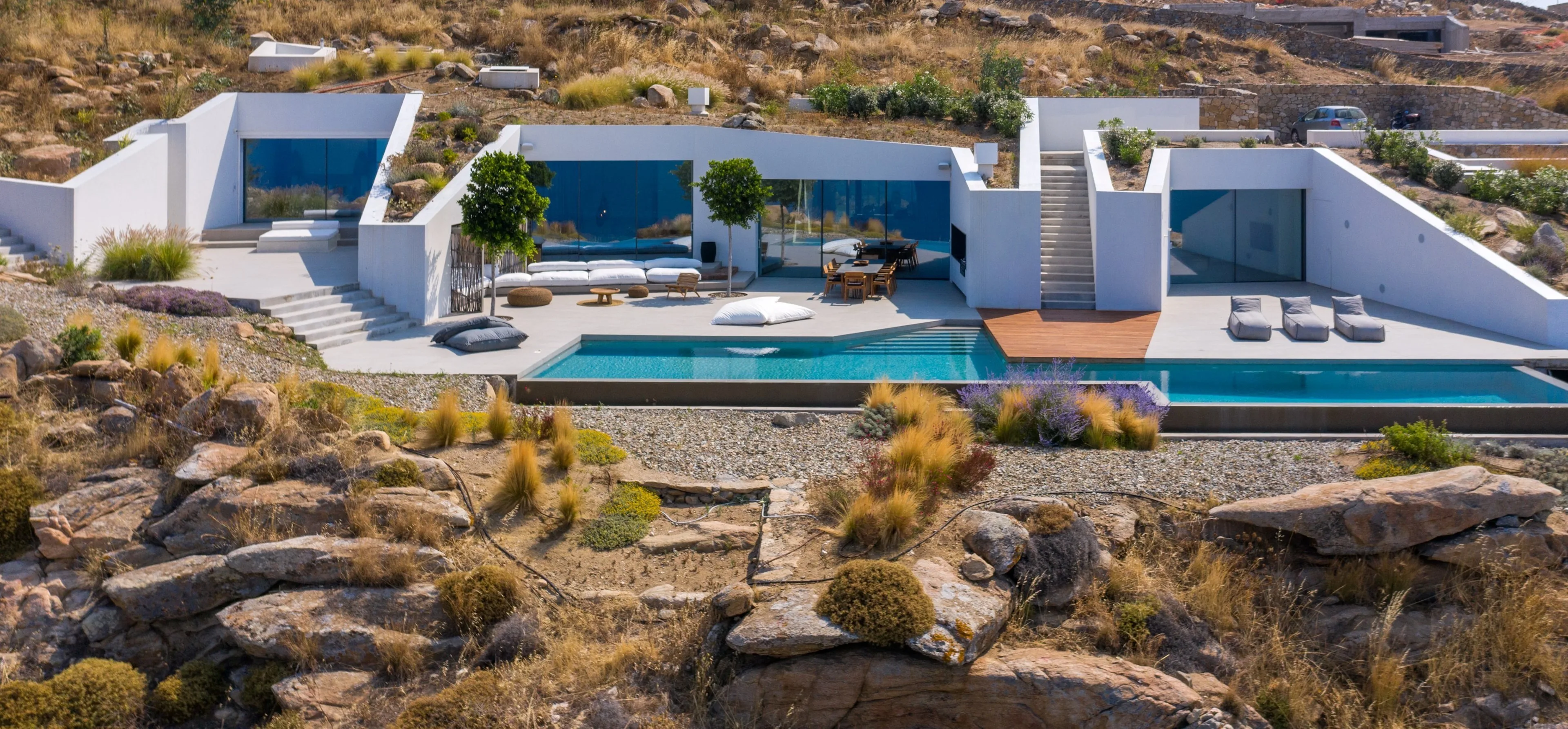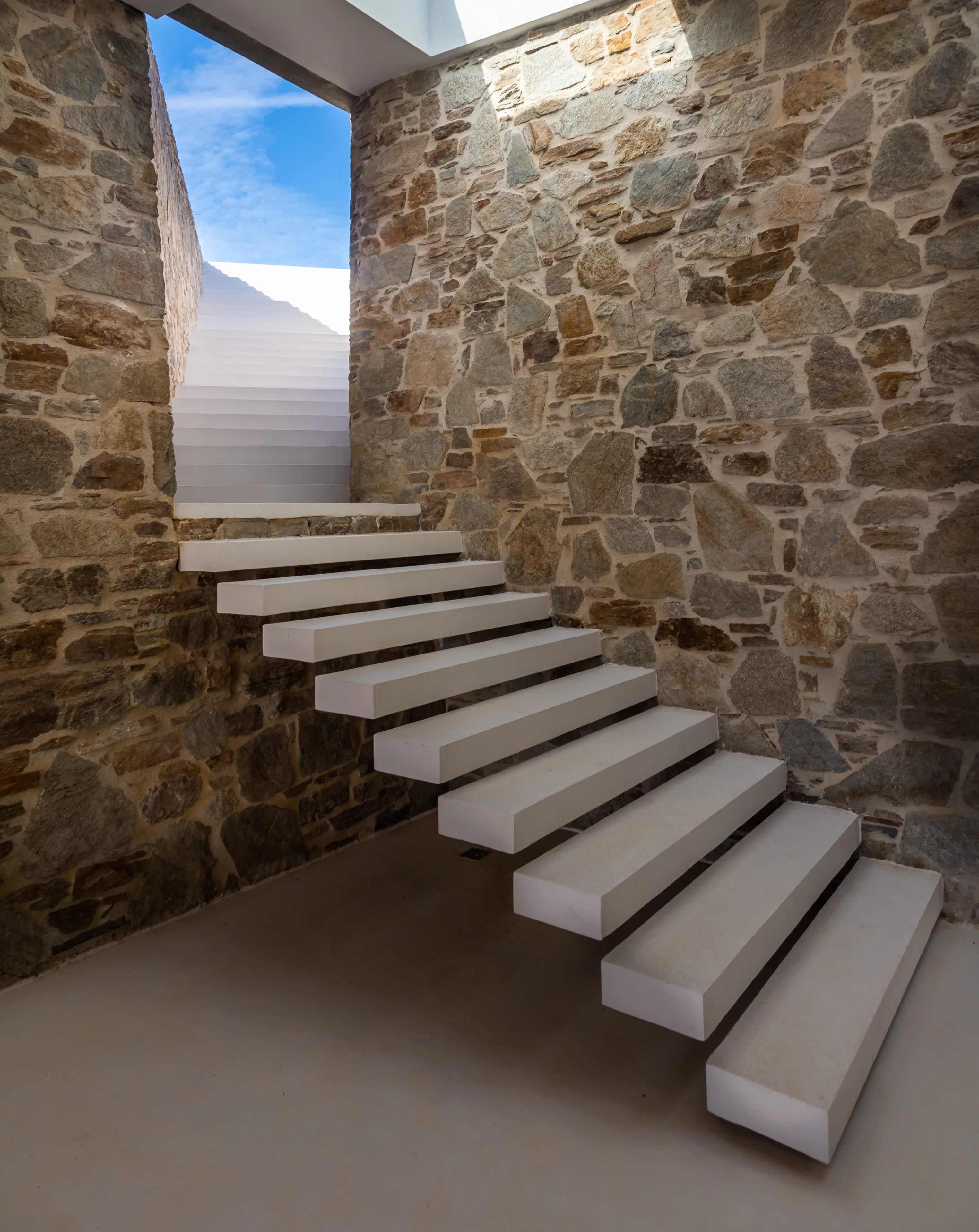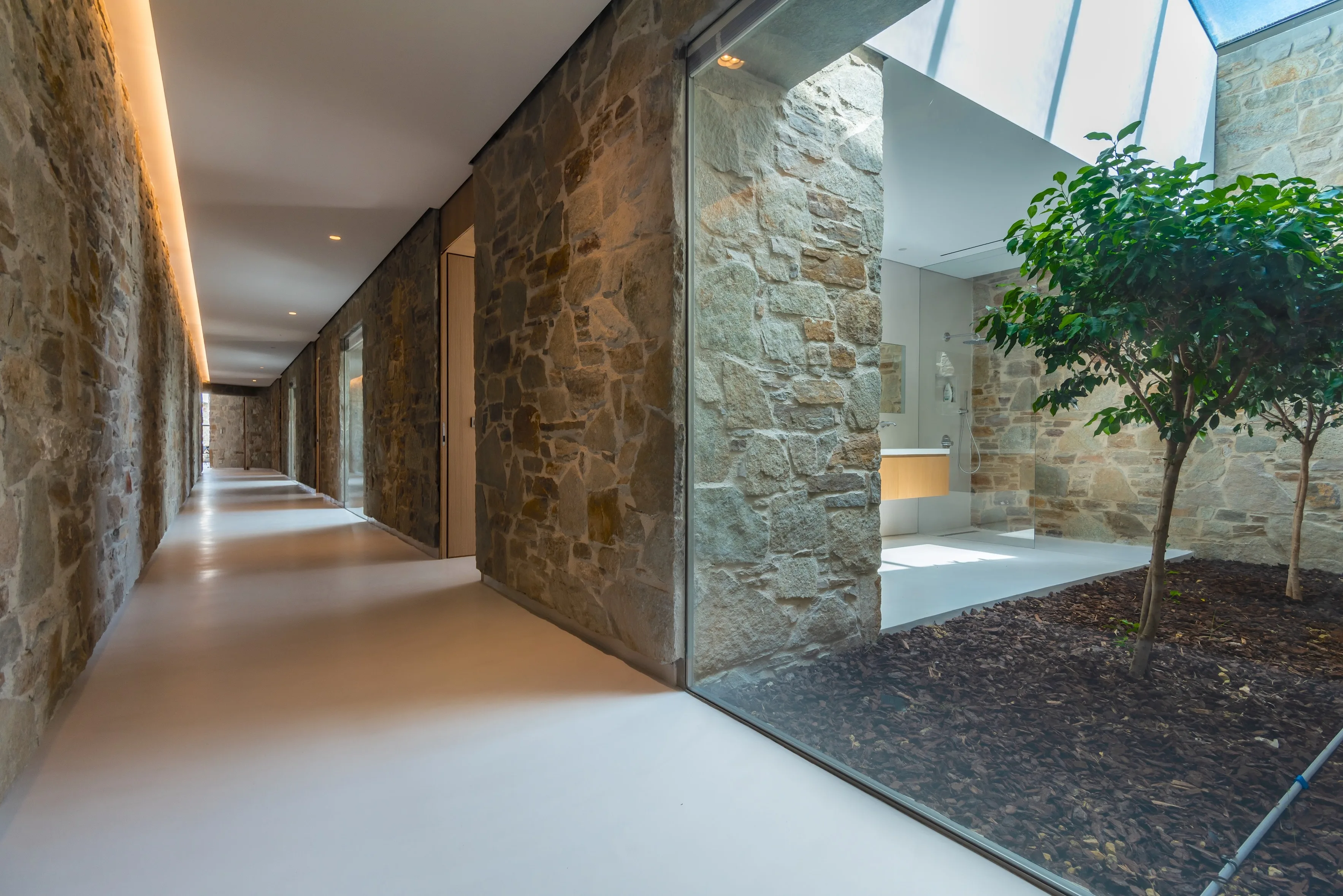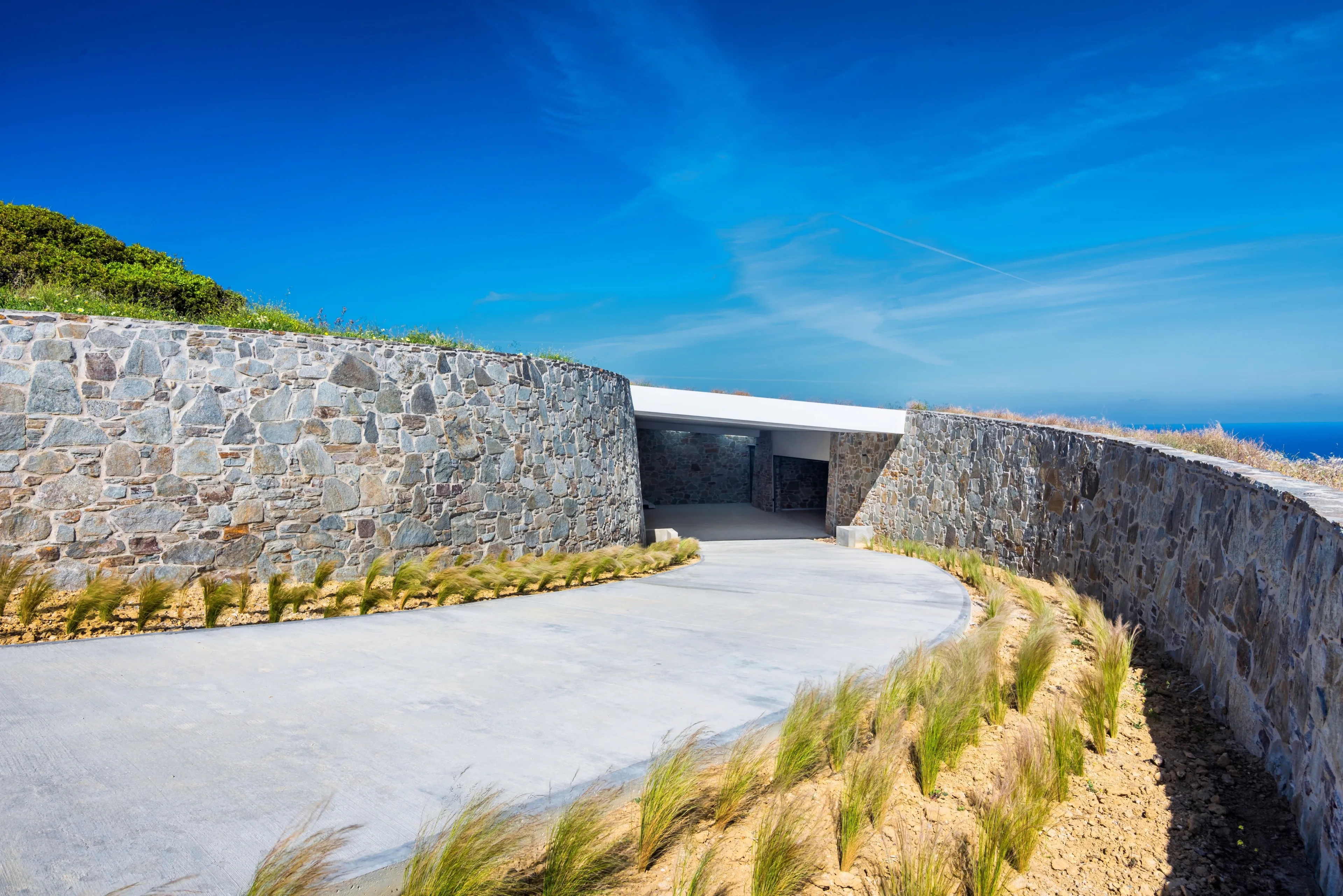Earth houses have a long history, with Native Americans of North America using them to create dwellings by digging into the ground and covering them with natural materials.
Modern versions of earth houses have been developed by Peter Vetsch, using materials such as metal mesh, shotcrete, foam insulation, non-woven mats and soil to create environmentally friendly, energy-efficient homes.
While these homes offer benefits such as a balanced room climate and the potential for green spaces, they also come with challenges, such as being more expensive than conventional homes.

Sustainable homes are designed to optimize energy and water use while respecting natural resources. Key considerations include natural light and airflow, efficient materials and smaller homes that require less energy.

Luxury housing is now incorporating sustainable features, focusing on increasing energy efficiency, reducing waste and improving indoor air quality. Solar energy, water-saving devices and recycled materials are being used to create more eco-friendly homes. Many high-net-worth buyers are willing to pay a premium for these features.
The luxury real estate sector is embracing sustainability as a core idea. The pandemic has led to a growing interest in being at one with nature and creating a home that balances work, leisure, relationships and purpose.

Sustainable amenities and features are becoming a driving force in property distinction, focusing on wellness, smart devices and sustainable features. As decision-makers take steps to ensure everyone plays their part, conversations around environmental benchmarking procedures and unified standards remain on the agenda.

Ultimately, luxury real estate can be essential in building a better world while reflecting the playful nature of those inhabiting it.